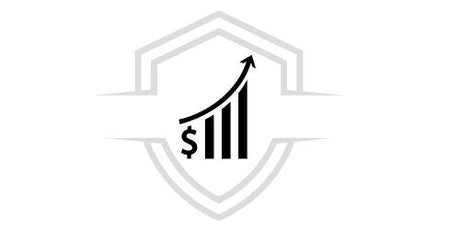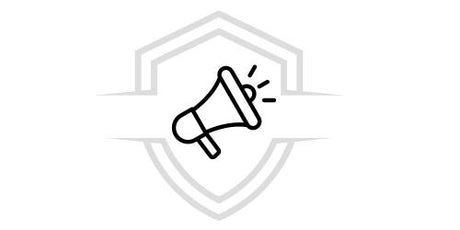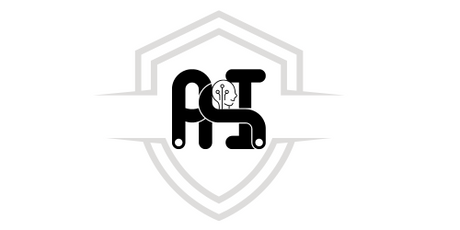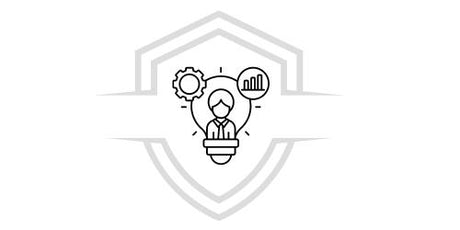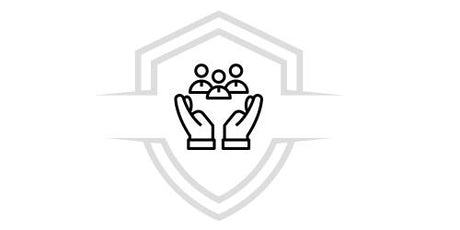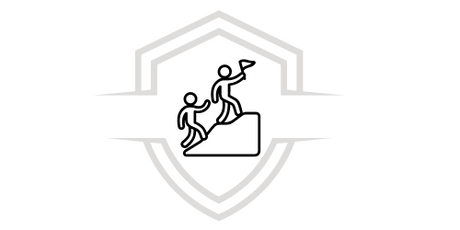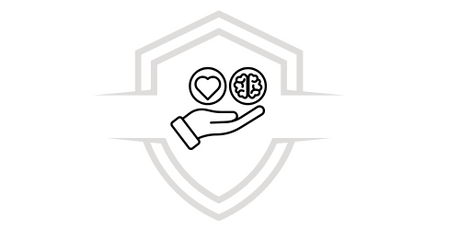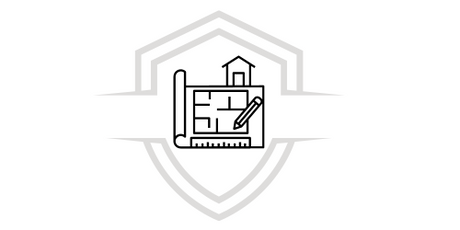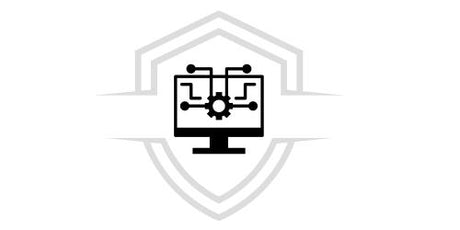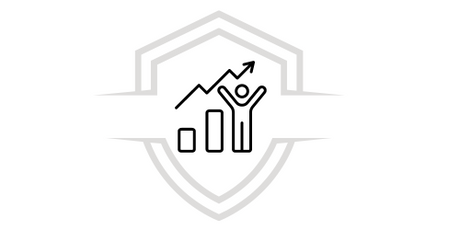The Product Owner role can be a challenging one. It has several responsibilities and its application changes depending on:
✅ The type of product
✅ The people involved
✅ The stage of the product life cycle
Here you will be able to recognize some of the most common challenges of Product Owners (PO) and those 4 Product Owner Styles that you should avoid
Product owner styles to avoid
Below we detail and explain the four product owner styles that you should avoid at all costs. Pay close attention:
Product Owner Product Owner Product Owner Product Owner Product Owner Product Owner

1. The powerless product owner
A product with an underpowered Product Owner is a lot like a car with an underpowered engine: the car runs, but struggles when things get tough.
A product owner without enough influence lacks authority. There may be several reasons:
✅ The product owner does not have enough administrative attention.
✅ Sponsorship comes from the wrong level or the wrong person.
✅ Management does not fully trust the product owner.
✅ You find it difficult to delegate decision-making authority.
As a result, the product owner has a hard time doing an effective job, for example, engaging the Scrum Team, stakeholders, and customers or excluding requirements from the release.
2. The overworked product owner
Being overworked isn't just unhealthy and unsustainable on a personal level. Overworked product owners can become bottlenecks and limit the progress of their products.
Signs of an overworked Product Owner include:
- Neglecting product discovery
- Abandon the refinement of product accumulation
- Neglecting strategy work
- Lack of sprint planning or sprint review meetings
- Not available for questions.
There are two main causes of Product Owner overload:
- There is not enough time to play the role
- There is not enough support from the team.
Availability is often an issue when the product owner role is just one of many jobs competing for their time and attention, or when the product owner is involved in too many products or teams.
Insufficient team support is due to a misunderstanding of product ownership: although there is a product owner, most of the product owner's work is done collaboratively.
The team and Scrum Master should support the Product Owner. Scrum allocates up to 10% of the team's availability in the Sprint to work with the Product Owner, for example, to break down and refine Product Backlog items together.
FREE DOWNLOAD
Master all elements of the Product Owner Role. Provides advice on who should fill the Product Owner role and how to scale the role for larger efforts.
3. The partial product owner of the product
Some organizations break up the product owner role and spread the responsibilities across multiple people, for example by hiring a product manager and a “product owner.”
The product manager handles product marketing and strategic product management issues, is a vision leader, is outward-facing, and stays in touch with the market.
The “product owner” looks inward, drives sprints, and works with the team. In these cases, the so-called product owner is little more than a writer of product backlog items. This approach reinforces old barriers, blurs responsibility and authority, and leads to handoffs, delays, and other waste.
4. The distant product owner
The last of the 4 Product Owner Styles to Avoid. A distant product owner does not work in sync with the team. This can range from working in the same location in different rooms to the product owner and team being separated across continents and time zones. Common issues have been identified with distant product owners including mistrust, misalignment, lack of communication, and slow progress.
There is a reason: “The most efficient and effective method of conveying information to and within a development team is face-to-face conversation,” as stated in the Agile Manifesto for Software Development. Therefore, you should consider placing the Product Owner, Scrum Master, and the team together. This can give you a significant boost in productivity and morale.
If this isn't an option, try partially co-locating people, for example by spending the first few sprints together and then working in the same office at least once every three months. Also, make sure to effectively use remote working tools, such as video calls.
You already know the 4 Product Owner Styles that you should Avoid to achieve success in your project.
If you have thought about getting certified as a Scrum Product Owner, this information might interest you. G-Talent is a partner of CERTIPROF , so you can obtain the Scrum Product Owner Certification with a special discount and several additional bonuses.
Courses that may interest you
Do you want to learn more about Scrum Product Owner and develop great Agile project teams? We recommend our courses: Scrum Master Foundation - SFPC, Scrum Developer Professional Diploma and Scrum Master Professional - PSM.



